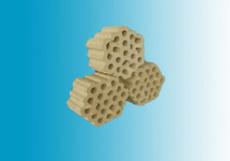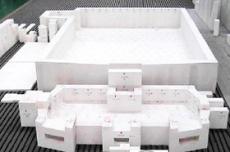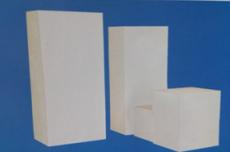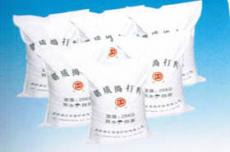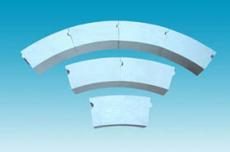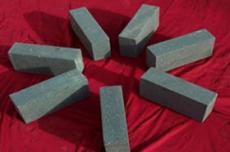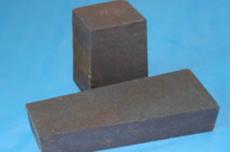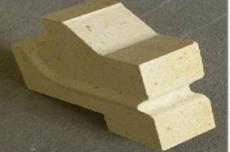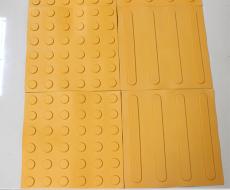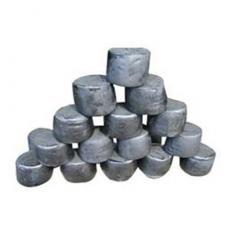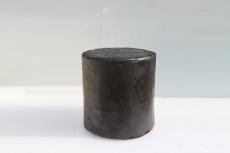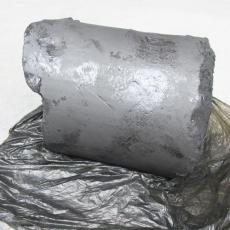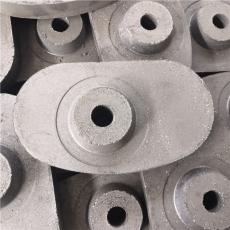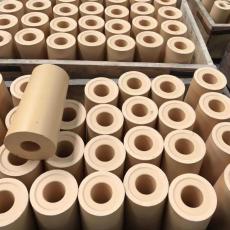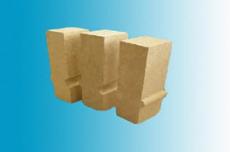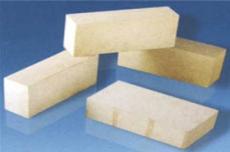
Refractory cement can be divided into the following common types according to its main components and characteristics:
1. The main component of high-alumina refractory cement is calcium aluminate, which contains a high content of alumina (Al₂O₃), generally between 50% and 90%.
It has a high refractoriness, usually up to 1750℃ - 1850℃, high load softening temperature, high high temperature strength, good thermal shock resistance and slag resistance.
It is suitable for the lining, furnace top, furnace wall and other parts of high-temperature kilns, such as cement rotary kilns, glass kilns, ceramic kilns, etc., and can also be used for casting coatings and core binders in the foundry industry.
2. Ordinary aluminate refractory cement uses calcium aluminate as the main mineral component, and the alumina content is generally around 30% - 50%.
The refractoriness is between 1600℃ - 1700℃, with good early strength and fast setting and hardening speed.
It is commonly used in the lining of general industrial kilns, the binder of refractory castables, and some high-temperature structural parts that do not require particularly high refractory performance.
3. The main component of pure calcium aluminate cement is pure calcium aluminate, with a high alumina content, generally above 70% - 90%.
It has high refractoriness and high-temperature performance, can maintain good strength and stability at high temperatures, and has strong resistance to slag erosion.
It is commonly used in the production of high-grade refractory materials, such as for the preparation of high-performance refractory castables, plastics, ramming materials, etc., and is suitable for key parts of various high-temperature industrial kilns, such as the taphole of iron-making blast furnaces, the lining of steel ladles, etc.
4. Phosphate refractory cement is made of phosphoric acid or phosphate as a binder, with refractory aggregates and additives added.
It has high refractoriness, good thermal shock stability and erosion resistance, can form ceramic bonding at high temperatures, and has high strength.
It is widely used in the lining of high-temperature kilns, heating furnaces, heat treatment furnaces and other equipment in the metallurgical, building materials, machinery and other industries, especially suitable for parts that are eroded and corroded by high-temperature and high-speed airflow.
5. Water glass refractory cement is made of water glass (sodium silicate or potassium silicate solution) as a binder, with refractory aggregates, accelerators, etc. added.
It has certain fire resistance, low cost and convenient construction. But its refractoriness is relatively low, generally around 1200℃ - 1400℃.
It is often used in some temporary or auxiliary high-temperature facilities that do not require high fire resistance, such as small heating furnaces, baking kilns, etc., and can also be used for fireproof and heat-insulating coatings of buildings.
6. Magnesium refractory cement is mainly composed of magnesium oxide (MgO), which is usually made by adding appropriate amounts of additives and binders.
It has a high refractoriness, generally above 1800℃, and has good stability and resistance to alkaline slag erosion at high temperatures.
It is mainly used in the production of alkaline refractory materials, such as magnesia bricks, magnesia-alumina bricks, etc. It is widely used in high-temperature kilns in the steel, cement, glass and other industries, especially in the parts in contact with alkaline slag, such as the lining of converters and electric furnaces.
